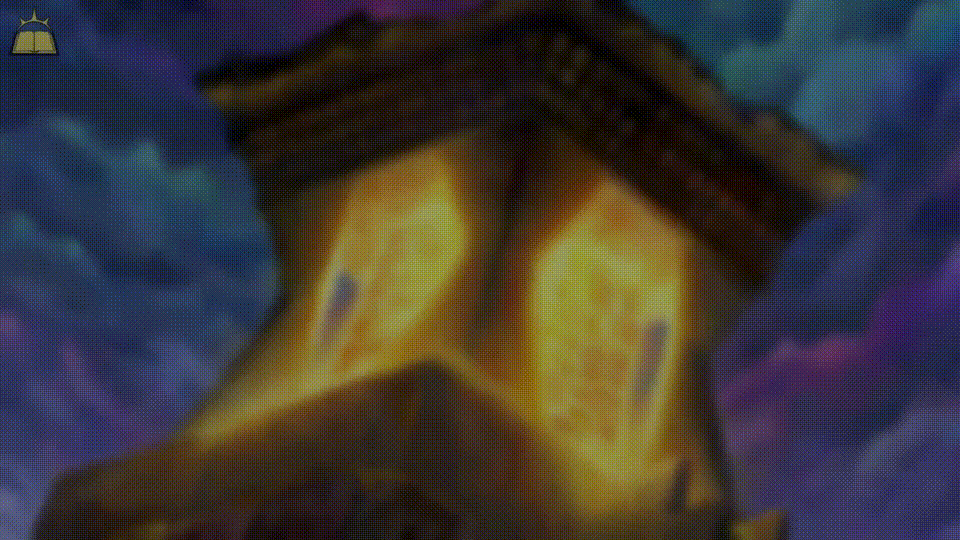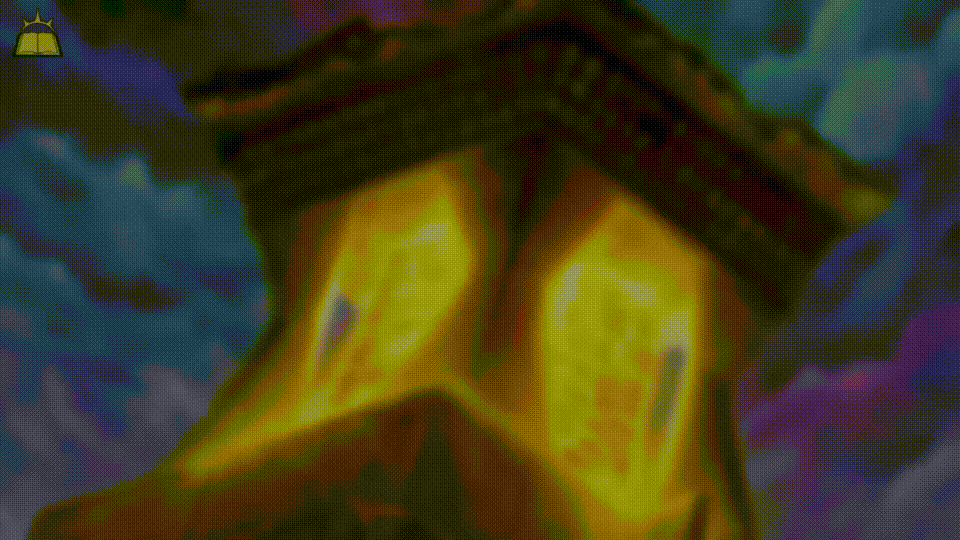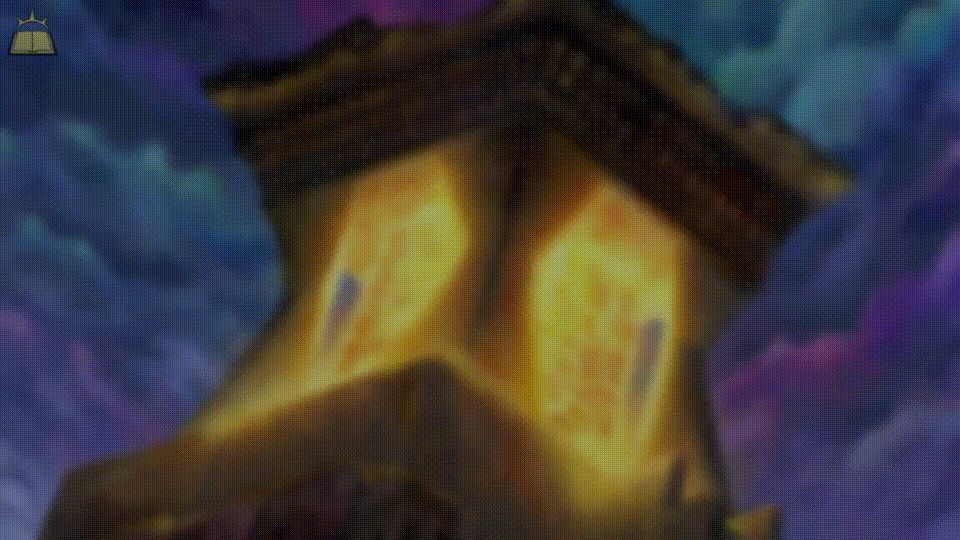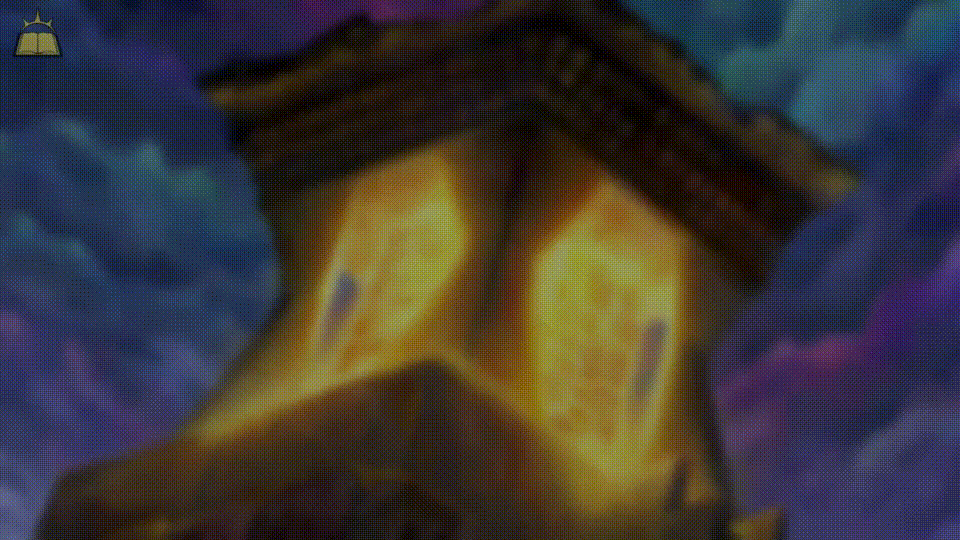Comprehending Competitive - Red in cEDH

Dockside Extortionist by Forrest Imel
Competitive Color Breakdown
White | Blue | Black | Red | Green | Multicolor | Colorless | Lands
Welcome back to Comprehending Competitive, today we're seeing red. The winner of cEDH's "most improved color" award for three years running, red just keeps getting better.
If this article had been written in 2018, there wouldn't be much to comprehend: two counters, some combo pieces, and the second-best wheel, but nothing that really made you want to play red. Fast forward to today, and not including red increasingly feels like a deckbuilding concession in cEDH.
Acceleration
As any given Ork from Warhammer 40K could tell you, "the red ones go faster". Because red is speed. It's the Barry Allen. The Ricky Bobby. The Sonic the Hedgehog. While it can't match green for consistent sources of mana, red goes fast, and if it ain't first, it's last.
Rite of Flame and Simian Spirit Guide aren't much to look at. They're mostly worse versions of Lotus Petal, yet they still see a lot of play. As Comprehending Competitive has been at pains to illustrate, mana acceleration in cEDH is so important that it outweighs the otherwise low card quality of these mini-rituals.
Jeska's Will is another story. Initially overlooked, it's proven to be one of the strongest rituals in the format. It can easily produce six or more mana, possibly going into double digits when someone's been drawing from Rhystic or Mystic. Beyond that, the impulse card advantage can vary from totally useless to utterly busted. The infamous Krark & Sakashima deck can even win off the back of a single Jeska's Will.
Less common but no less powerful are Birgi and Treasonous Ogre. Birgi sees play in low-color decks that plan on casting multiple spells a turn into a combo win like Koll and Prosper. The God of Storytelling is even a cEDH commander in her own right. Treasonous Ogre is rarer, but when you do see it, you can be sure the game is about to end. You haven't known defeat until you've seen Godo drop a Treasonous Ogre on turn one.
The verdict is still out on whether this little Pirate deserves a slot in decks that have access to dorks, but he's a staple regardless. Presuming you can connect every turn, he gives a Treasure, the chance to steal a card, and incidental topdeck hate. Once the board is gummed up, he's useless.
And then there's the Goblin Pirate. If I had a Black Lotus for every broken pirate printed in the last few years, I'd have three Black Lotuses - which isn't a lot, but it's weird that it's happened thrice. Since Hullbreacher's well-deserved ban, there are two left, and Dockside is definitely the strongest.
It's the most played red card in cEDH. It's the most popular creature in the whole format. It's the only creature ever printed that reliably makes more mana than it costs as it enters the battlefield. And for some godforsaken reason, it only costs two mana.
Hailing from the Mystic Intellect precon of 2019, Dockside Extortionist has risen through the ranks to become a face of the format. Along with Ad Nauseam, Thassa's Oracle, and Mana Crypt, Dockside is a card that practically screams cEDH.
As a creature rather than instant or sorcery, it is ripe for abuse. Blinking, bouncing, binning and then bringing back; the ways to amplify Dockside's ETB are endless. Every color identity has cards that go infinite with Dockside. Every color can tutor it. Just about every deck that can run it, will run it.
In a format where the four most played cards are artifacts with an average CMC of 0.25, it's easy to see how quickly Dockside becomes a mana explosion. Even if cEDH wasn't riddled with mana-positive rocks, Dockside would be obnoxiously strong.
Look to Conquest, an offshoot of Commander and the brainchild of cEDH godfathers Sigi, Wedge, infiniteimoc, and Shaper. Almost all mana-positive rocks (yes, even Sol Ring) are banned in Conquest, but Dockside lasted less than a year before eating a ban. Why? In the words of Shaper:
"Dockside bends the game around itself - from deckbuilding to mulls to in-game choices. It generates mana in game-ending quantities. This means players will hold back enough mana to abuse Dockside once it resolves, blinking, copying and bouncing it either infinitely or enough to play and protect another wincon. Dockside begets more Dockside as it gets better the more players that are running and resolving it.
It has a propensity to win on the spot, often much earlier and with less respect for the boardstate than other strategies. Altogether, Dockside's omnipresence reduces competitive variance and skill expression in deckbuilding and gameplay, which is contrary to the playstyle we want to cultivate for Conquest."
It isn't cEDH that makes Dockside broken. It's just Dockside. The format context doesn't matter. I should clarify that I'm not actually advocating for a ban here, I'm just trying to illustrate how format-warpingly powerful this Pirate is.
Advantage
Now that Esper Sentinel exists, red is the worst color in the format for card advantage. While casual tables are happy to work with cards like Outpost Siege and Valakut Exploration, they're too slow and unreliable in a cEDH context.
But that's not to say red can't see more cards. Low-color decks and those that rely on reanimation strategies will often run 2019's most surprising Modern ban, Faithless Looting.
Meanwhile, Wheel of Fortune is a surefire way to reload and get a fresh grip. It's also a surefire way to give everyone else the same. From game to game and turn to turn, deciding to cast a wheel can either be a winning play or a throwing one. As I see it, correct wheel timing is one of the most skill-testing challenges in the format. Wheel of Misfortune also sees play for redundancy's sake.
Combo Potential
Special thanks to Scholars of Kaladesh from Commander Spellbook for these informative GIFs. Follow him on YouTube for more.

I've already covered Dockside, but for a quick overview of the various ways to generate infinite mana, see above. Any deck with an outlet in the command zone will be happy to find room for a Dockside enabler.

Underworld Breach is a combo piece, but that's underselling it. The number of ways it can go infinite or pseudo-infinite are too many to list, but Commander Spellbook has a great overview of the most common. The above GIF shows arguably the strongest combo, but it's just one of many possible victories that Breach can assemble. It doesn't even need to be a strict "combo". Sometimes the sheer amount of advantage you can get out of Breach and whatever you have lying around in your bin is enough to find the win.

A simple two-card wincon that creates infinite 2/2 beaters. A fine combo that has the benefit of both halves being playable in their own right. Soon to receive a new piece from Unfinity in the form of Saw In Half.

The giant meatball himself. Kiki-Jiki goes infinite with a variety of single creatures in every color except black. Not the cheapest of combos, only two cards needed and the cost can be split over two turns. Most enablers will also go infinite with Splinter Twin.

Since the printing of Helm of the Host in 2018, we haven't been waiting for Godo so much as desperately trying to slow him down because he keeps arriving ahead of schedule. Godo is in a class of his own as a commander that not only goes infinite with one other card, but cheats that card into play on entry. Not a common combo in the 99, but that's changing with the rising popularity of Ardenn, Intrepid Archaeologist.
Interaction/Protection
Pyro and REB are playable for the same reason that Carpet of Flowers is: cEDH is overflowing with good blue cards. While it's possible to sit down at a pod where these cards do literally nothing, it's unlikely. Doubling as counterspell and removal, no blue card is safe.
While Lightning Bolt sees no cEDH play on account of how rarely you want to target an opponent, dealing three damage to a creature is enough to remove the majority of played creatures. Abrade trades the ability to target someone's face for artifact removal. A modest card, but a useful one.
Possibly the best of the three free spells from (I'm not dignifying Flawless Maneuver or Obscuring Haze) the Ikoria precons, Deflecting Swat is top tier interaction. Changing the target of a removal spell is obvious, but more common is giving a counter an illegal target, fizzling it. It can even steal the biggest draw spell in the whole format, Peer into the Abyss. Free, flexible, and frequently surprising, Swat is in a league of its own.
Stax
The Moon and its acolyte look as though they should be good in cEDH. In a format full of multicolor decks, and Tainted Pact-induced singleton manabases, one would think attacking nonbasics would make for a winning strategy. Yet while these cards see play, their meta share is humble.
One reason for this is where mana actually comes from in cEDH. Like every other format, lands are the starting point, but between dorks, Treasure, rituals, and rocks, cEDH decks have a wealth of options when it comes to mana. Unfortunately for the big red moon, stopping lands and lands alone is often not enough.
Hilarious, but risky. You really need a way to break parity on this or you're just king-making. Decks like Ruric Thar feed on the chaos and force opponents to eat massive damage, while decks with access to Drannith Magistrate can use it to create a lock on opponents casting new cards.
Tutors
Red, like white, isn't great at tutoring. Beyond Gamble, red tutors have narrow targets. You're in luck if you want to tutor for Goblins, but you're going to be terribly disappointed if you want anything else.
Gamble is the cream of the crop, and red's answer to the topdeck tutor cycle. Most of the time, Gamble is going to feel like a cheaper Demonic Tutor, but every now and then - almost always if you have my luck - it's going to be more like a red version of Entomb.
It's not uncommon to keep an otherwise middling hand on account of a Gamble. Presuming you kept seven, a turn-one Gamble gives you roughly an 86% chance of keeping the card you tutored for. It gets more complicated the fewer cards you have in hand and the more of those cards you aren't willing to discard, but that's part of what makes it so much fun to resolve.
Three mana for a conditional tutor isn't great, but it passes muster for red and the targets are decent. Sigh... you'll almost always search for Dockside, but every color has solid options. You'll see less of it in decks with access to black or green, as they have better creature tutors.
Yep, it gets Dockside. It can also set up fringe but game-winning combo piles. Goblin Recruiter saw much more play upon the release of Conspicuous Snoop, but it hasn't shown much staying power.
Miscellaneous Goodies
Removal stapled to an untapped land. What's not to like? As with the upcoming Channel land cycle in Kamigawa: Neon Dynasty, low-color decks have very few reasons to run basics over lands with incidental utility.
Sometimes an extra turn is all you need. No different to Wishclaw Talisman or Pact of Negation in that you're unlikely to use this unless you're going for the win. It's a lot of fun playing out a turn knowing it's your last no matter what happens. Final Fortune also features in a few Doomsday piles and complicated Spellseeker lines.
Reds Under The Bed
Red has come a long way in a short time. Underworld Breach, Deflecting Swat, and Dockside Extortionist are all-time cEDH greats, and they'd be playable in any color identity. It wasn't long ago that the best red cards were "pretty good for a red deck". Now the best red cards are among the best cards in the format.
What red lacks, though, is depth. It's light on tutors, stax, and card advantage. While mono-red decks are viable and even infamous, Birgi, Godo, and Magda are held aloft more by the power of their commanders than the quality of their cards. The overall power of the color is boosted by a small handful of extremely pushed pieces. This isn't a bad thing, but it's worth noting that red is a ways away from having the critical mass of playable staples that blue, black, or green can boast. If you'd like to know more about red, the mono-red discord is always open!
As a final note, I'm not in favor of banning Dockside, but I might have accidentally convinced myself otherwise. This was not my intention. Please Sheldon, let us keep him, he's so much fun.
Next week we'll tackle traditional EDH's strongest color, green.